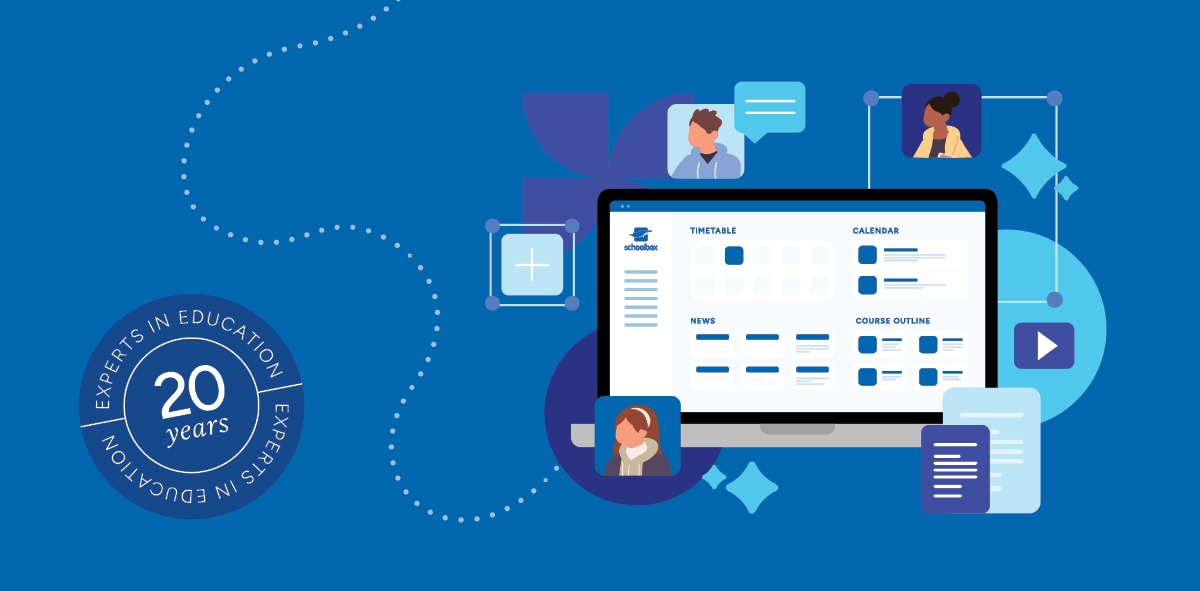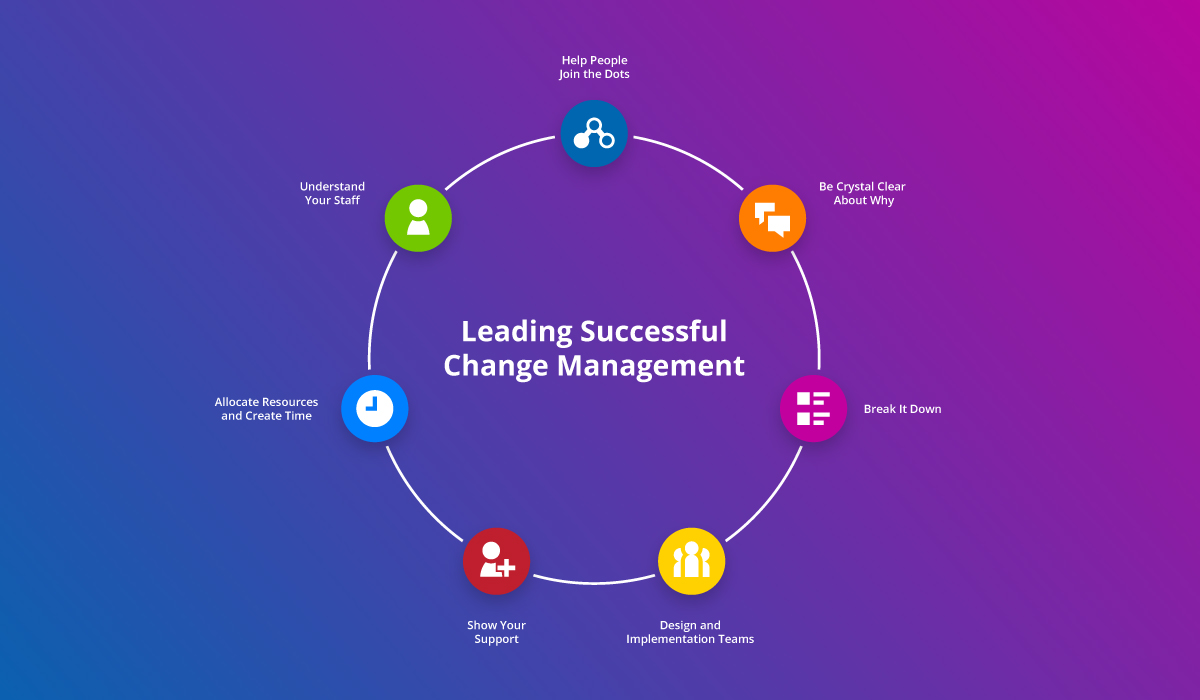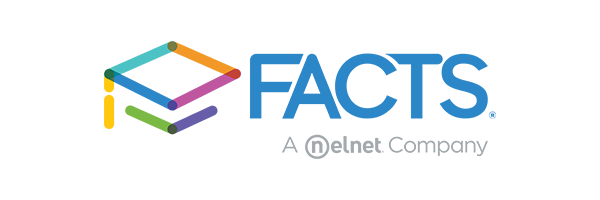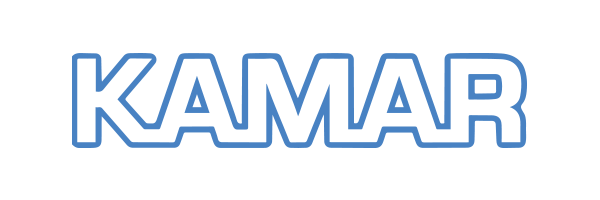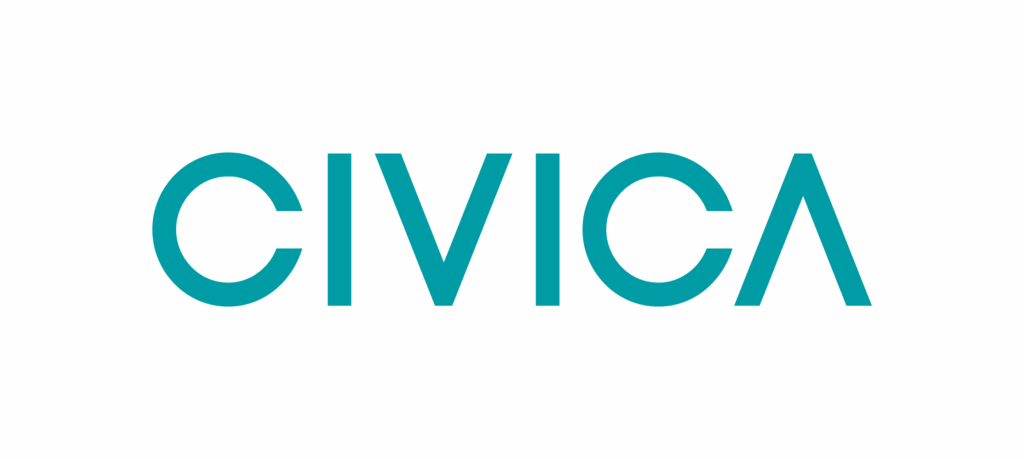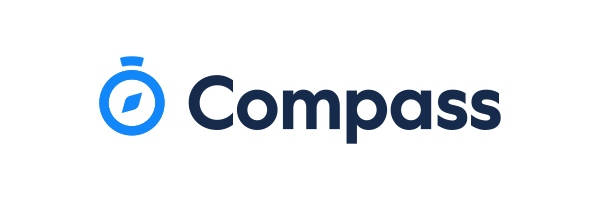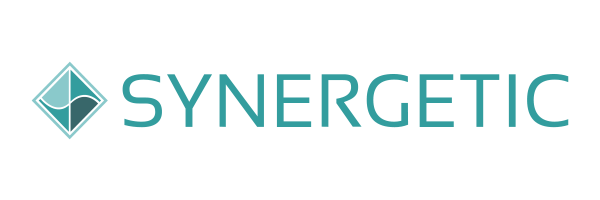The reality of working with primary kids in the 21st century means the learning space is adapting and evolving at a rate we have rarely seen before. Coupled with the opportunities provided by school software, the primary classroom is a highly adaptable and agile learning environment.
Read on for seven must-haves in a primary classroom of the 21st century.
1. Connectedness
Using school software as a way to instigate and maintain dialogue across the community is key in a perfect learning environment for primary students.
A digital platform allows for transparency between the learning which happens in the classroom and home. It provides a forum with which to record and store this. Using technology available to most primary students means that conversations can occur through mediums such as voice or video recording, not just written text.
Witnessing a primary aged child receive praise and feedback through these tools is often an inspiring moment to behold. Seeing them then respond to it is even more powerful. It’s also important to consider that this approach to learning dialogue can remove the barrier of sharing written feedback to a child who is learning to read, thus building connection with all.
2. Learning conversations
Having school software in place encourages and supports primary students to engage with their teacher. They can share their understanding and questions in a safe space at any moment. For example, after a rich learning discussion has happened in class, a student may go away, think more about the topic and have further questions or ideas. Now they are able to share these with their teacher or their whole class at any time using a learning forum or chat tool.
Not only does this promote a sense of student autonomy and empowerment towards learning, it also helps to provide the teacher with more clarity and understanding about where their students are at in their learning and where to take them next.
3. Engagement
2020 has taught us many things about children in primary education. Other than their incredible resilience, we have been able to witness them pursue virtual learning in a way that suits them, through synchronous and asynchronous learning opportunities. Examples include creating their own timetable, developing passion projects, and being able to use a wider range of engaging software and systems to support them.
Again, a perfect primary classroom can utilise this experience by developing courses/learning that incorporate a range of different engaging resources, allowing students to be able to take their learning further. This helps to empower students and ensure the classroom is student centred.
4. Differentiation
Integrated within these courses and learning is also differentiation. The teacher thinks carefully about the needs of each individual and can design learning tasks accordingly.
School software can again support this by providing the teacher with efficient processes to accomplish this. It also automatically saves anything they have developed to reuse it at a later date. That means less time queuing at the laminator in an attempt to preserve something you have lovingly prepared and saving storage in the physical classroom. Two things any primary school teacher can relate to.
5. Feedback
Using digital tools in your classroom that promote conversations about learning is powerful. Providing students with a system that allows them to receive feedback through a range of forms can help to ensure feedback is relevant and, most importantly, is used for improving learning outcomes.
Multimedia tools such as voice recording and video recording are central to this. They provide students with the opportunity to watch/listen, rewatch/relisten, and crucially, respond to their feedback. This develops a process of ongoing reporting which is a key aspect of successful assessment within a perfect learning environment.
6. Innovative Learning Environments
Much conversation in education right now is about Innovative Learning Environments (ILEs). Primary schools are experimenting with the layout and structure of both a classroom and school day. As such, the notion of a perfect primary classroom has never been more open.
Teachers are encouraging students to be more flexible and agile during the school day, and recognise ways in which they learn best. The key to success in this area is enabling the student voice and providing them with the necessary tools to experiment themselves.
Technology plays a huge part in this as it can help students be creative and innovative in their approaches to learning. It also provides them unrivalled opportunity to record and share their experiences.
7. Celebrate each student
The primary classroom is the opportunity for students to showcase work. Right now, children from Prep through to Year 6 are able to access and navigate a range of devices almost through muscle memory. Harnessing these innate skills for the purpose of learning means that these students are enthusiastic to capture their work (through photograph, video, etc.) and upload it on a digital platform.
The benefits of this against displaying work in the physical classroom is that it is instantly accessible to the wider community. This encourages praise and an ongoing dialogue between primary student, teacher and parent about successes in their learning and collaboration in developing next steps/goals for learning.
The whole community feels empowered and informed to help, support and celebrate that specific student. It also provides the beginnings of a conversation between parents and their children when they enquire how their day was and what went well.
Redefine and reimagine

Technology presents primary educators and their students with so many opportunities to evolve their learning environment. We are in a great position to embed 21st century skills and capabilities in all members of the class community, supporting us all to maximise our learning.
There is no greater time than now to redefine and reimagine the perfect primary learning environment for our students.
Chris Durante is a Territory Manager at Schoolbox and has been a classroom practitioner and eLearning leader in schools for over 30 years. Passionate about delivering quality teaching and learning, Chris is committed to finding innovative EdTech solutions to lead overall school improvement for staff, students, parents and the wider school community.
Want more resources on reshaping learning for your students? Check out the following resources:

